Complete Solutions to Single correct of chapter ORGANIC REACTION MECHANISM of Class 11 book with complete answers and questions
| Class 11 | CHEMISTRY |
| Chapter | ORGANIC REACTION MECHANISM |
| CENGAGE CHEMISTRY | Single correct |
| Number Of Questions | 50 |
| Academic Year | 2023-24 |
The major product in the reaction is :
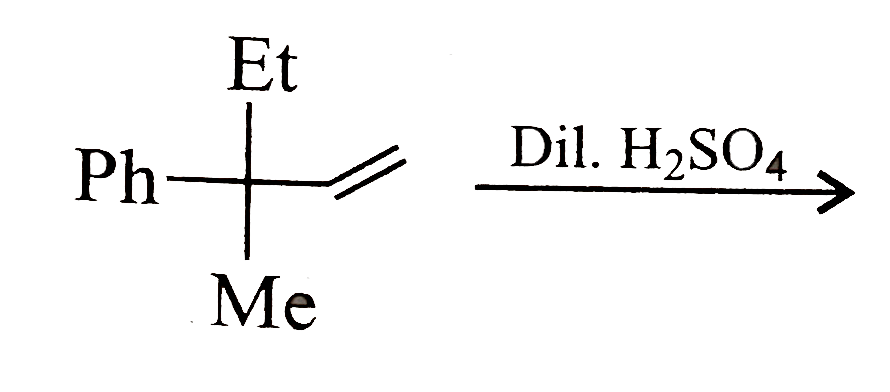
View Solution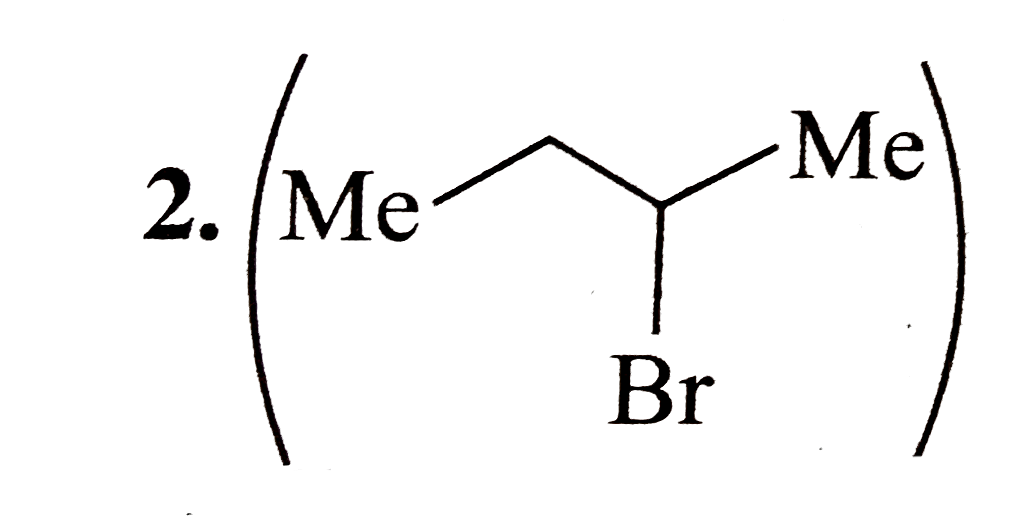 (sec-Butyl bromide) undergoes alkaline hydrolysis by :
(sec-Butyl bromide) undergoes alkaline hydrolysis by :
View SolutionWhich of the following is the strongest nucleophile ?
View SolutionRearrangement reactions are shown by :
View SolutionEqual amount of an `RCl(C_4 H_9Cl)` is reacted at the same temperature with equal volume of `0.2 M` and `0.4 M` solution of `KOH`, respectively, in two separate experiments. The time taken for the reaction of `50 %` of `(C_4 H_9 Cl)` was found to be same, the alkyl halide is :
View SolutionWhich of the following statements is correct about the following reactions ?
 .
.
View Solution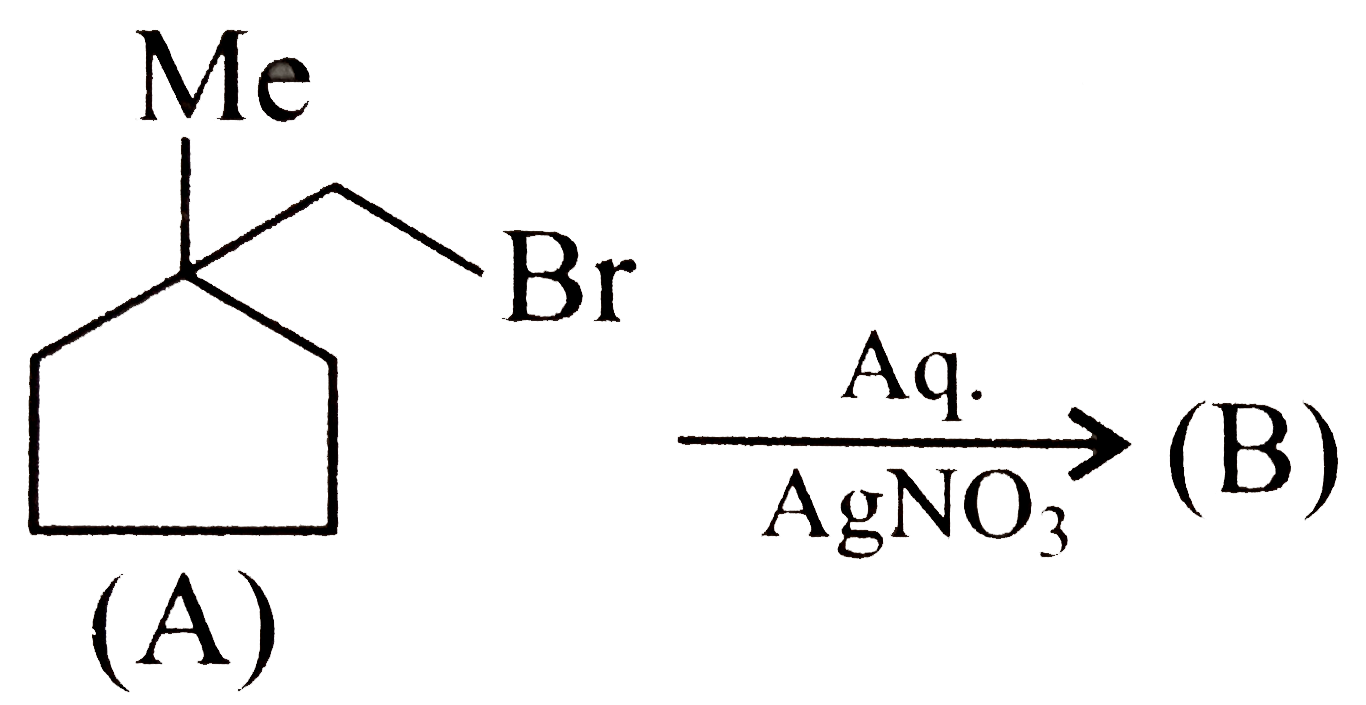
Which statement is correct about the above reaction ?
View SolutionIn `SN^2`, solvolysis `RX` in which the solvent is a nucleophile, what is the order and molecularity of the reaction ?
View SolutionA partially racemised `(+) -` 2-bromo-octane `(2^@ RX)` on reaction with aq. `NaOH` in acetone gives an alcohol with `80 %` inversion and `20 %` racemisation. What is the percentage of back-side attack ?
View SolutionRefer to Q.No. 9 above and find out the percentage of front-side attack.
View SolutionRefer to Q.No. 9 above and find out the rate expression of the reaction.
View SolutionRefer to Q.No. 9 above and find out under what condition the reaction would follow `SN^1` mechanism.
View SolutionRefer to Q.No. 9 above and find out under what condition the reaction would follow `SN^2` mechanism.
View SolutionWhich of the compound in each of the following pairs will react faster in `SN^2` reaction with `overset (Ө) O H`
(A) `MeBr (I) and MeI (II)`
(B) `Me_3 C - Cl (III) and MeCl (IV)`
 .
.
View SolutionWhich statement is correct about the following reactions ?
 .
.
View SolutionWhich statement is correct about the following reactions ?
 .
.
View SolutionWhich statement is correct about the following reactions ?
 .
.
View SolutionThe decreasing order of dehydrohalogenation of the following compounds is :
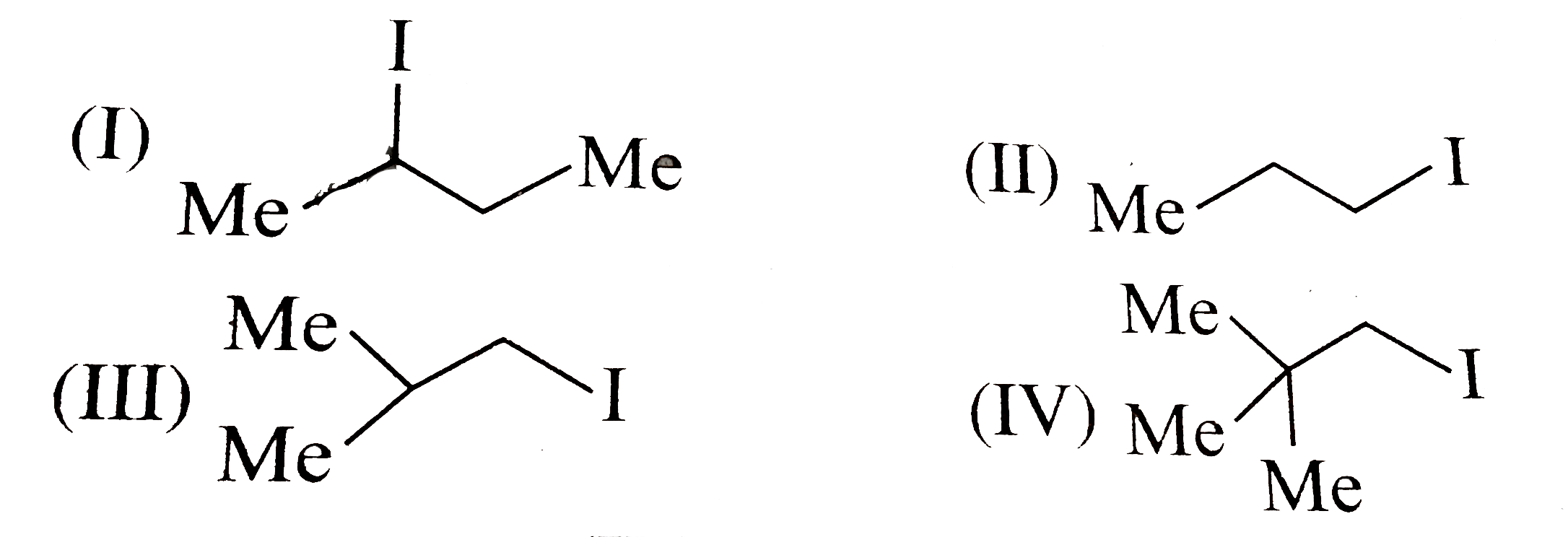 .
.
View SolutionThe decreasing order of nucleophilicities of the following is :
(I) `Br^(Ө)`
(II) `MeO^(Ө)`
(III) `Me_2 N^(Ө)`
(IV) `Me_3 C^(Ө)`.
View SolutionThe decreasing order of nucleophilicities of the following is :
(I) `H_2 O`
(II) `EtOH`
(III) `MeCOO^(Ө)`
(IV) `overset (Ө) O H`
(V) `EtO^(Ө)`.
View SolutionThe decreasing order of the basic character of the following is :
(I) `F^(Ө)`
(II) `NO_3^(Ө)`
(III) `H_2 O`
(IV) `CH_3 OH`.
View SolutionThe decreasing order of nucleophilicities in `DMSO` (dimethylsulphoxide) is :
View SolutionIn which of the following reactions, `SN^2` rate increases on changing the solvent from (95 % acetone + 5 % `H_2 O`) to (80 % acetone + 20 % `H_2O`) ?
View SolutionIn which of the following reactions, retention of configuration takes place ?
(I) .
.
`(II) (A)+COCl_(2) to`
`(III) (A) +SOCl_(2) overset("Pyridine")to`
`(IV) (A)+COCl_(2) overset("Pyridine") to`
View SolutionRefer to Q.No. 24 and find out in which of the reactions the inversion of configuration takes place.
View SolutionRefer to Q. No.24 and find out which of the reactions proceeds by `SN^i` mechanism.
View SolutionRefer to Q.No. 24 and find out which of the following reactions proceeds by `SN^2` mechanism.
View SolutionNecessary conditions for Fiels-Alder reactions are :
View SolutionWhich of the following compounds would undergo Diels-Alder reaction with dienophile (e.g., Maleic anhydride) ?
View SolutionWhich of the following reaction would undergo Diels-Alder reaction ?
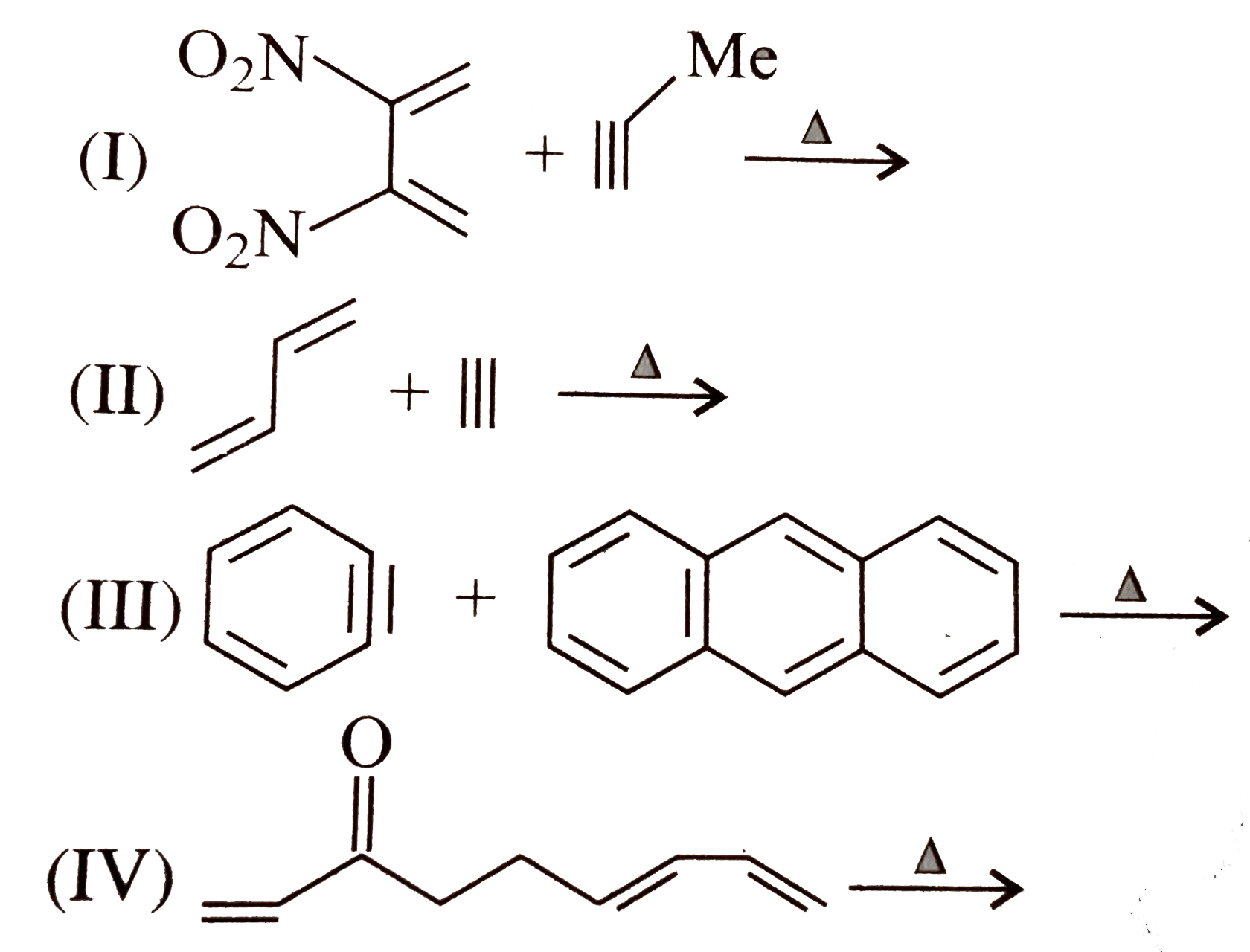 .
.
View SolutionThe decresing order of reactivity towards `SE` (substitution by electrophile) of the following is :
(I) Nitrobenzene
(II) Chlorobenzene
(III) Toluene
(IV) Benzene.
View SolutionWhich of the following is a free radical susbtitution reaction ?
View Solution
Reagent `I` and `II`, respectively, are :
View Solution
Which product is racemic in the above reaction ?
View SolutionConsider the following reactions.
View SolutionWhich of the following is a non-aromatic compound ?
View SolutionThe decreasing order of reactivity towards `ArSN` reaction of the following with `NaOMe` is :
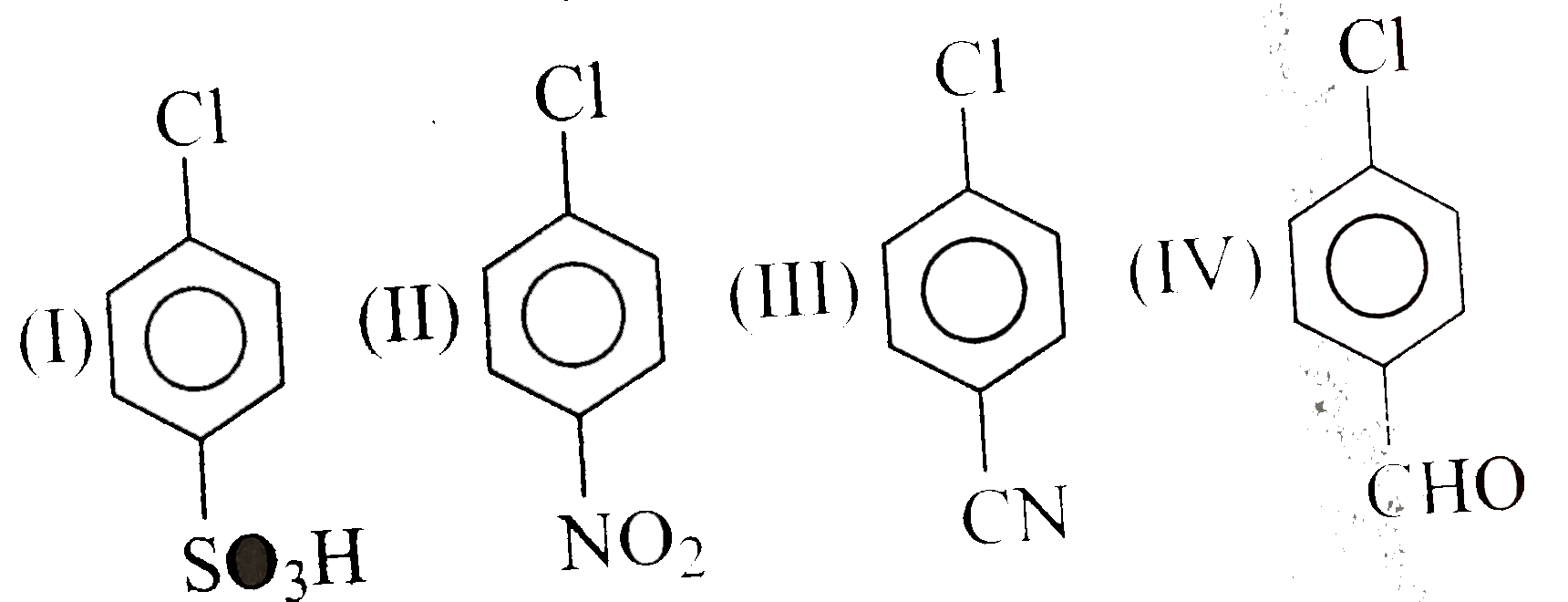 .
.
View SolutionConsider the following reaction :
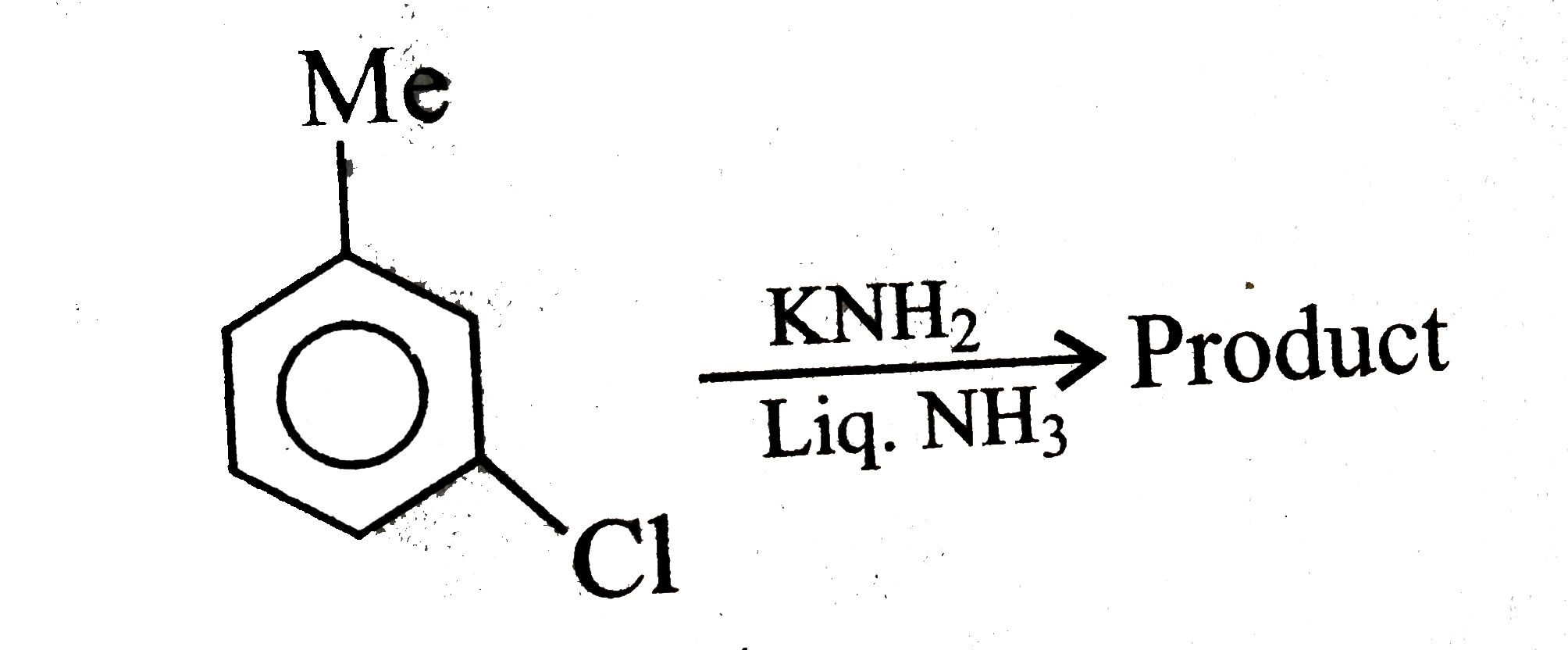
The product is :
View SolutionRefer to Q.No. 38 and find out which of the following statements is wrong ?
View SolutionWhich of the following is not a rearrangement reaction ?
View SolutionArrange the following in the reactions order of `NA` (nucleophilic addition) reaction.
(I) `MeCOMe`
(II) `PhCOMe`
(III) `PhCOPh`
(IV) `PhCH_2COMe`.
View SolutionArrange the following in the decreasing order of nucleophilic acyl substitution reaction.
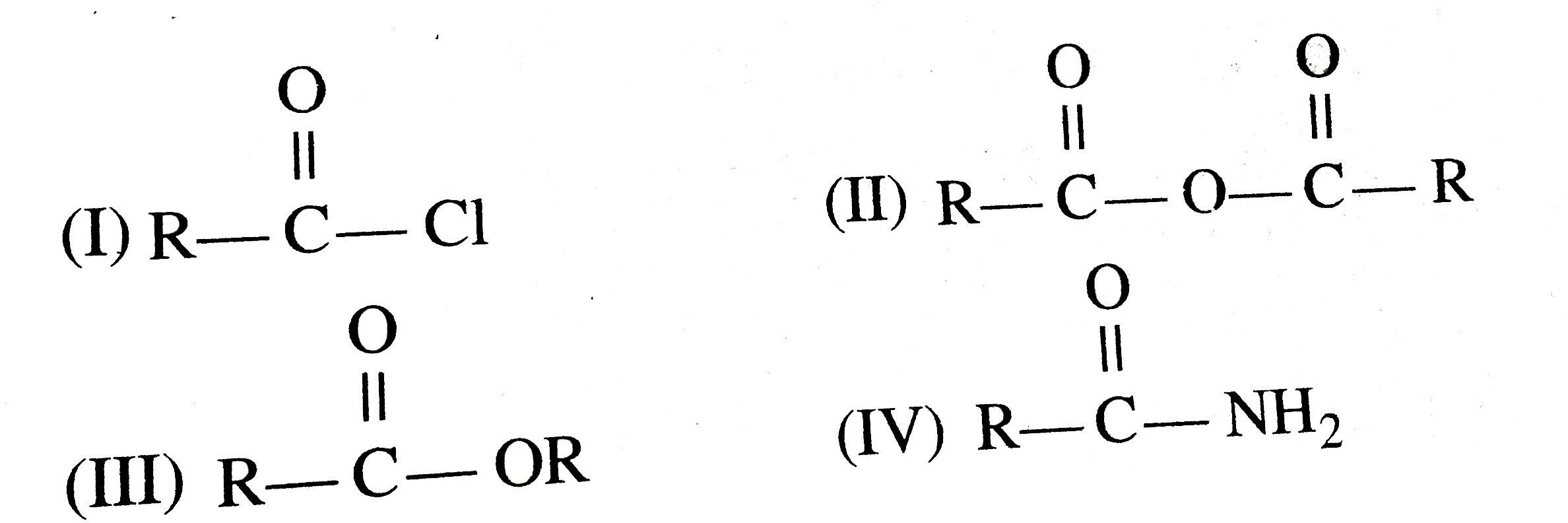 .
.
View SolutionWhich of the following reactions will not give Hofmann alkene ?
View SolutionWhich of the following is the best method for the preparation of compound cyclopentyl cyanide from cyclopentyl chloride ?
View Solution
Which statement is correct about the above reaction ?
View SolutionAn alkyl halide of formula `C_6 H_13 Br` on treatment with potassium t-butoxide gives two isomeric alkenes dimethy butane. Isomeric alkene are :
View Solution
(A) and (B) are :
View SolutionWhich of the following reactions would give trans-alkene ?
 .
.
View SolutionWhich of the following reactions is Hofmann elimination ?
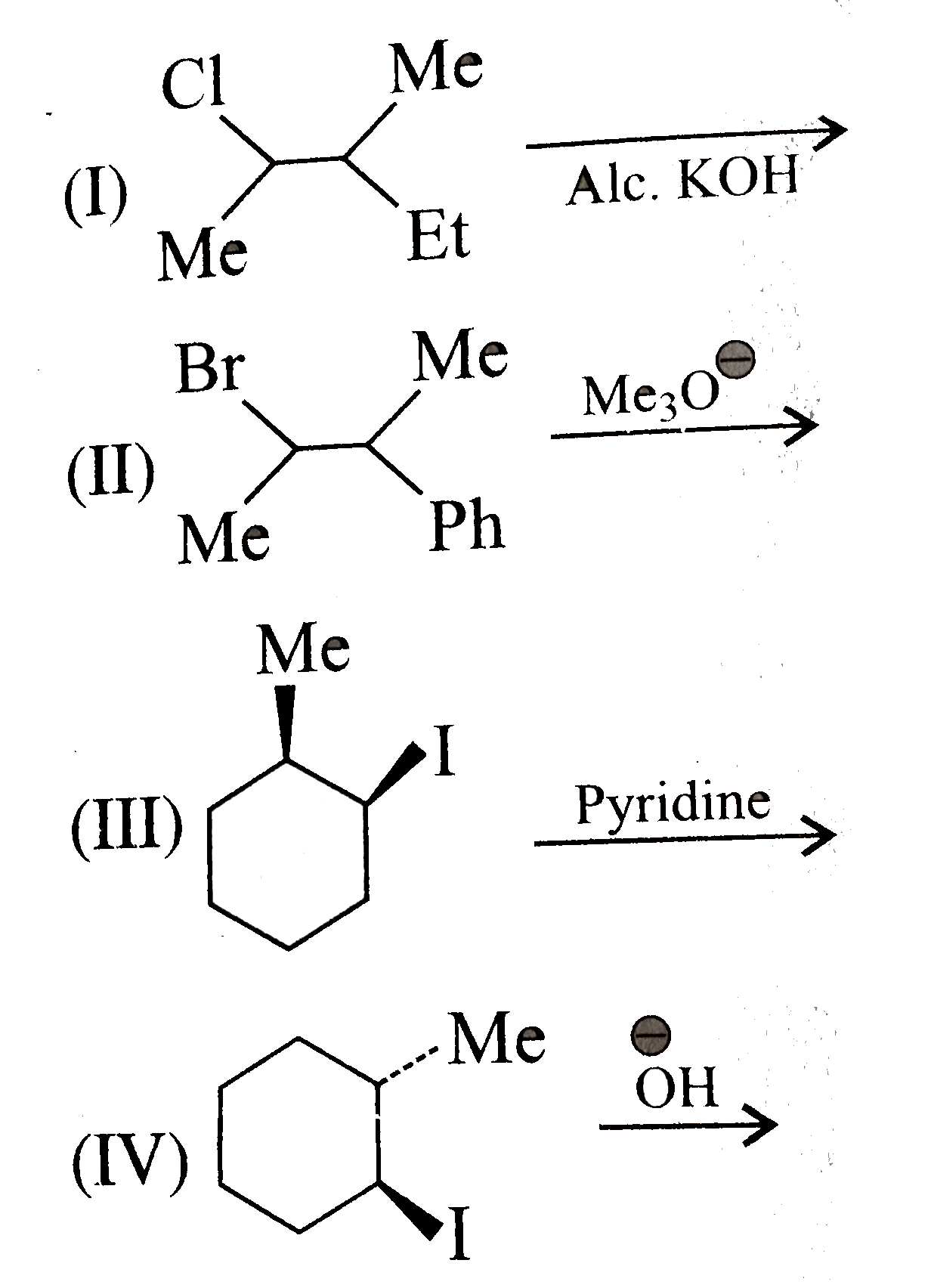 .
.
View SolutionIn which of the following `alpha` -elimination occurs ?
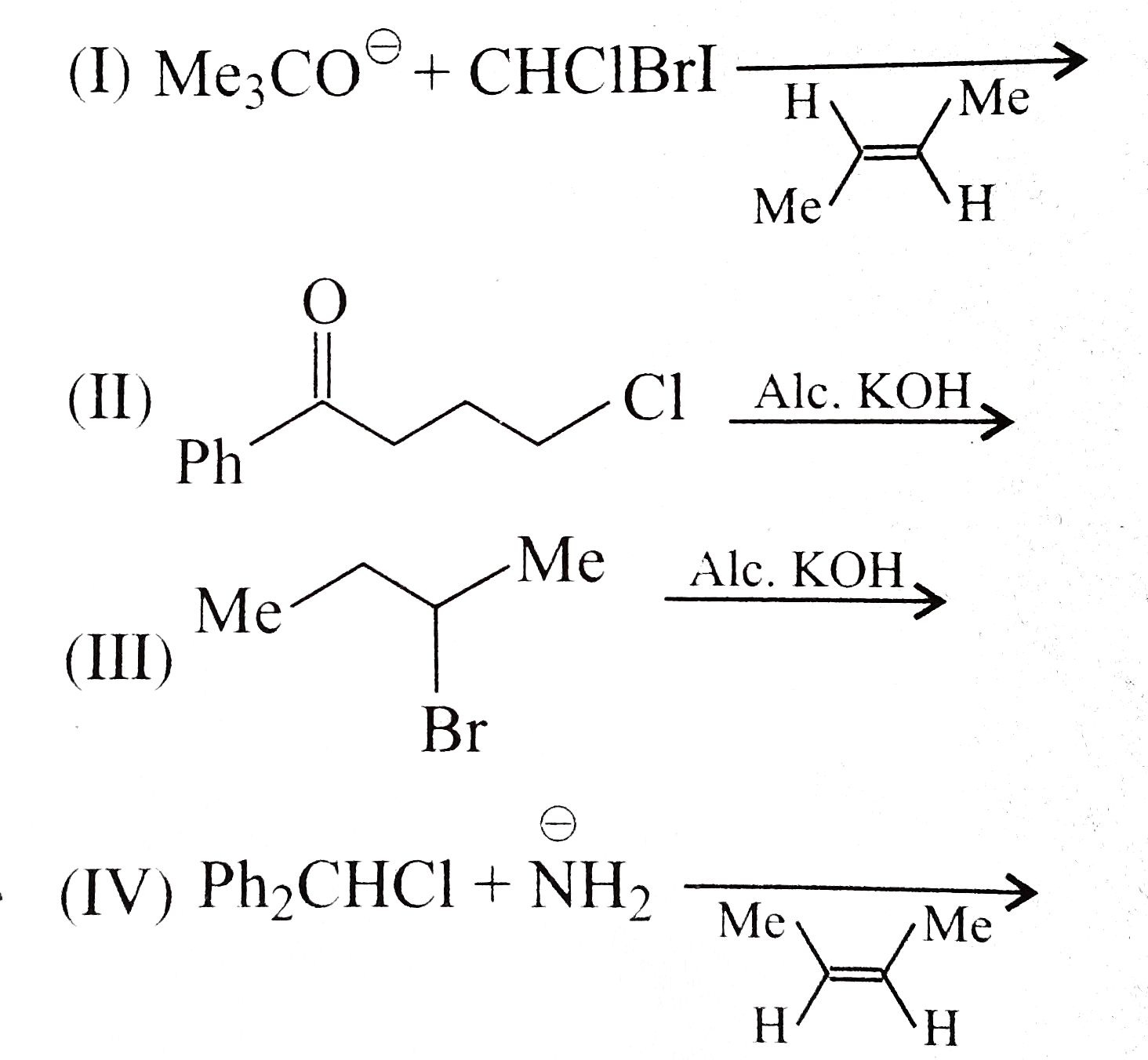 .
.
View Solution
Single correct questions and complete solutions for chapter ORGANIC REACTION MECHANISM of CENGAGE CHEMISTRY (HINGLISH) of Class 11